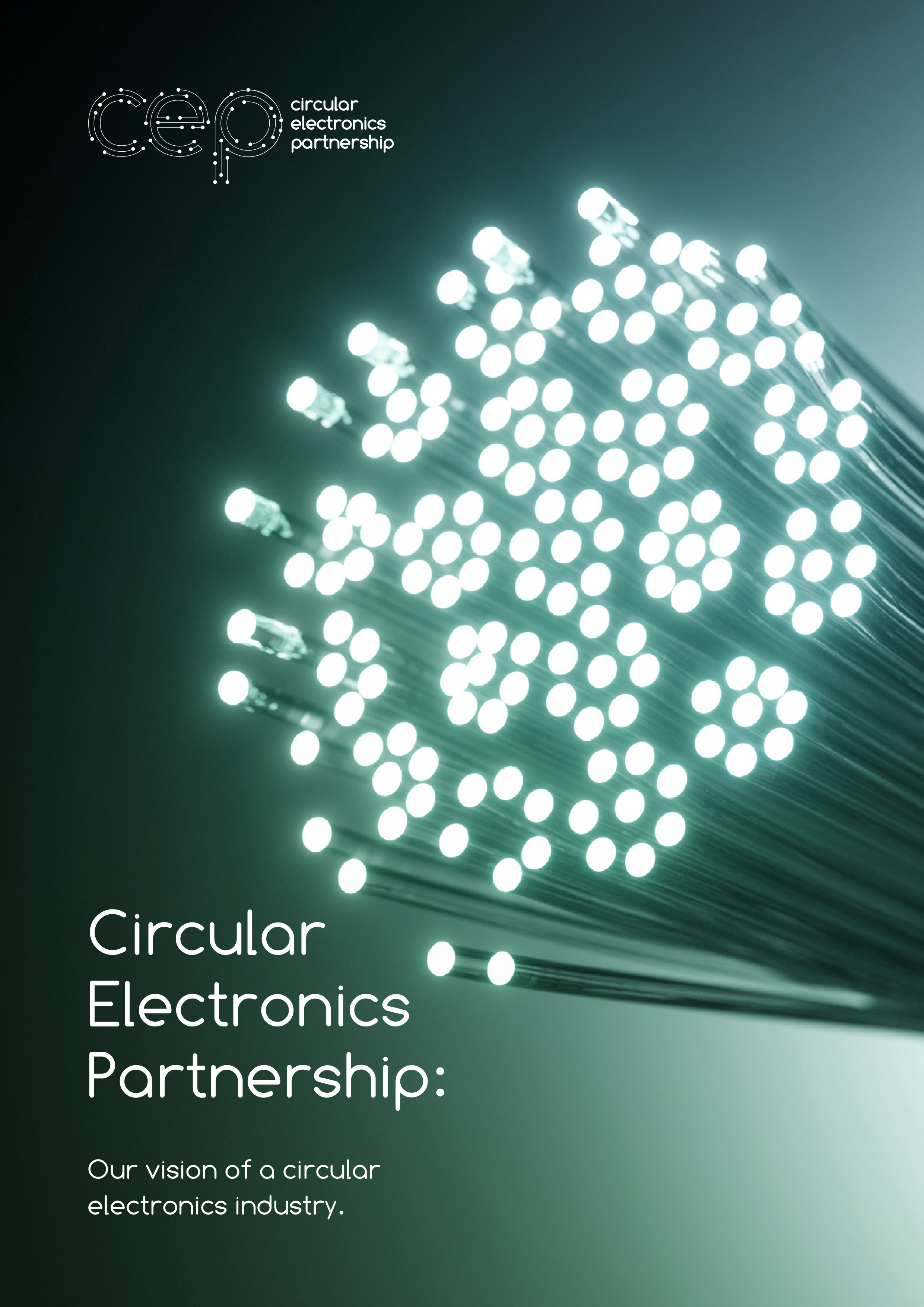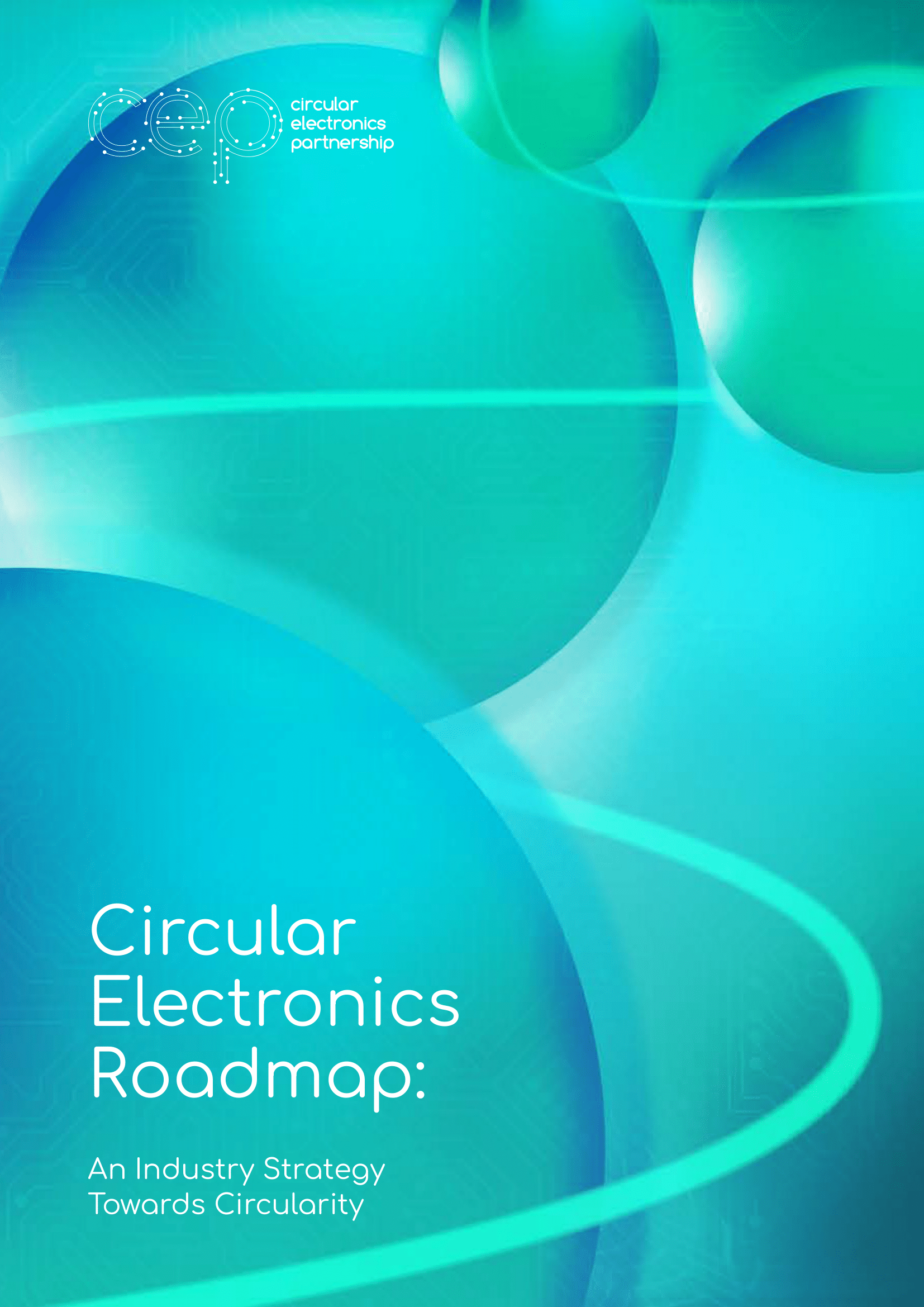Annex – Comparative Analysis of Legal Frameworks - December 2020

10. Integrate and advance decent work in the transition to a circular economy for electronics
8. Strategically plan and install sorting, pre-processing, and recycling operations
4. Guide and support new business models for environmental, financial, and social triple-win
The BOOST programme in Mombasa aims to push Kenya's circular economy. It consists of three pillars:
The BOOST programme aims to create 50 direct jobs and 300 indirect jobs by the year 2022. It will also build the capacity of around 1500 ICT related professionals across the value chain partners and raise awareness of at least 10.000 people in the Mombasa region to the health, safety and environmental hazards of e-waste and the importance of properly maintaining and disposing of it.
The Government of the Netherlands, MDF Training and Consultancy, CrossWise Works, GoodUp, Close The Gap, NITA.
1. Incentivize and support product design for circularity
The Digitalisation and Natural Resources project aims at finding out how the actual material and resource requirements of the increasing demand in the ICT sector can be met within a circular approach. It stems from the acknowledgment of how digital solutions are essential to the transition to a circular economy and to the reduction of emissions, and from the question of ‘how the digitalisation megatrend is really sustainable?’.
By providing information on the raw material needs of digitalisation, the results of this project are intended to support the decision-making process.
The project – financed by Sitra – has started in December 2020 and ended in June 2021.
Its objective was to examine the mineral resources required for digitalisation and the challenges and solutions related to them, particularly in Finland and the EU. To do so, it has looked at the following areas:
Sitra, GTK, VTT, SYKE
3. Transform consumption modes to increase market demand for circular products and services
The Circular and Fair ICT Pact is an international procurement-led partnership to accelerate circularity, fairness and sustainability in the ICT sector initiated by the Netherlands. The Pact aims to set up networks of procurers in every participating country or region. These networks will be connected internationally to share knowledge, work out harmonized criteria, guidelines and tools, and talk to the market about future developments. They will leverage their collective procurement power, in close dialogue with the ICT supply side, to accelerate the transition towards a circular and fair ICT sector.
The Pact has been signed officially by the coordinating organizations on June 2021. The Pact will install a Steering committee, with the objective of taking action to promote the uptake of CFIT commitments and ambitions by individual procuring organizations and buyer groups.
The Netherlands (I&W: Ministry of Infrastructure and Water Management), UN One Planet Network, Circular Innovation Council of Canada, Governments of Belgium (FIDO), Germany (BMU), Norway (DFO), the United Kingdom (DEFRA), Austria (BMNT) and Switzerland (FOEN)
3. Transform consumption modes to increase market demand for circular products and services
The Circular Electronics Initiative aims to encourage organizations and consumers to take a more responsible approach to the electronic goods they use by raising awareness on the importance of circular economy in the electronics industry.
TCO Development is the project lead and managing this initiative. The core activities include, the annual event #CircularElectronicsDay. Additional activities such as joint articles, press releases, webinars can be arranged throughout the year under the umbrella of the initiative.
IVL Swedish Environmental Research Institute, DELL, 3stepIT, Advania, ATEA, Blocket, Chalmers Industriteknik, Circular Computing, Closing the Loop, Dustin, ETIRA, European Remanufacturing Council, Godsinlösen, Greenlyfocus, iFixit, Inrego, International Institute for Industrial Environmental Economics, Lenovo, Recipo, Smithereens, TCO Development, Towards Zero Waste, Tradera and WEEE Forum.
Integrate and Advance Decent Work in the Transition to a Circular Economy (Electronics, CTA 10; Textiles, CTA 9; Plastics, CTA 9)
Investigate the Socio-Economic Impacts of a Circular Economy for Textiles (Textiles, CTA 10)
Investigate Environmental and Socio-Economic Impacts of Renewable Material Inputs for Plastics (Plastics, CTA 10)
The Circular Jobs monitor is an online tool to provide policymakers, economists, and labour organisations with insights into the relationship between the circular economy and the labour market. These insights facilitate the design of evidence-based strategies for promoting the circular economy, required education pathways, and a benchmark of current circular activity against which to monitor future progress.
The objective is to scale through digital tools by extending and increasing the functionality of the Circular Jobs Monitor, including linking data on the trends and evolutions in the labour market over time and monitor practical examples of how circular strategies impact jobs and skills on the Knowledge Hub.
Circle Economy, Goldschmeding Foundation, UNEP, Ellen MacArthur Foundation, TU Dortmund, University of Sussex Business School, and HIVA at KU Leuven
Incentivize and support product design for circularity (Electronics, CTA 9)
Integrate and Advance Decent Work in the Transition to a Circular Economy (Textiles, CTA 9; Electronics, CTA 10)
The goal of the Circular Economy Training Pilot Projects is to support the education requirements and improve needed skills to support the transition to a circular economy. By embedding circularity to education, the aim is to ensure that the transition is just and the employment possibilities and skill requirements are met.
The objective is to embed circular education into secondary professional education based on needs identified by industries. In early 2021 Sitra published a working paper, which looked at skills and education requirements in plastics, textiles, construction and electronics.
Sitra (PACE Partner)
Trade Union Pro, the Finnish Association for the Development of Vocational Education and Training AMKE, the Union of Professional Engineers in Finland, the Chemical Industry Federation of Finland, Academic Engineers and Architects in Finland TEK, Technology Finland, Industrial Union, the Finnish Association of Civil Engineers RIL, the Finnish Construction Trade Union and the Confederation of Finnish Construction Industries RT.



1. Incentivize and Support Product Design for Circularity
2. Enable Producers to Increase Sourcing of Recycled Content
6. Set Up Effective Collection Systems
7. Enable Efficiency and Transparency in Compliant and Responsible Transboundary Movement
8. Strategically Plan and Install Sorting, Pre-Processing, and Recycling Operations.
“The Circular Electronics Partnership offers a pre-competitive, industry platform for the electronics value chain to take coordinated action towards a circular economy.”
- Brendan Edgerton, Circular Economy Director WBCSD
Global
Short-term: Produce a Vision for circular electronics and a Roadmap for how the industry can achieve it. At the point of publication of these documents, CEP will commence five projects across the life cycle, coming out of the Roadmap and actioned by its Partners.
Long-term: CEP establishes a global community of leading organizations and companies committed to a circular electronics industry, monitoring progress against the Roadmap and catalyzing coordinated action with key stakeholders.
Electronics are one of the world’s fastest-growing sectors and have improved our everyday life in many ways. They allow individuals around the world to participate in the global marketplace, facilitated access to educational material and services and expanded access to healthcare in many regions.
The flip side of this development is the ever-growing stream of e-waste created by the global community. The following factors contribute to this development:
Electronic goods get cheaper and more accessible
Fast innovation cycles lead to the disposal of still-functioning devices
Most electronic products are not built to last
In 2018, 50 million metric tonnes of electronics were disposed of. The material value of this e-waste is estimated to be at around $57 billion – more than the GDP of most countries. Yet, only 17.4% of e-waste is dealt with appropriately.
Most e-waste ends up in landfills or is disposed of by informal workers under hazardous working conditions. The consequences range from health risks for workers and their communities to polluted groundwater sources.
A circular economy for electronics represents significant potential value for businesses, communities and the environment. However, approaches are highly diverse and fragmented.
In 2019, the World Business Council for Sustainable Development (WBCSD), the World Economic Forum (WEF), PACE, and the United Nations E-waste Coalition (including ITU) united key players in the electronics industry behind “A New Circular Vision for Electronics”. In this report, they not only mapped the current challenges but also opportunities of a ‘system upgrade’ - and what is needed to achieve them.
They set our three vision objectives for the transition to a more sustainable electronics economy:
1. Significant increase in recyclability and recycled content of new products
2. Significant extension of product lifetime
3. Significant increase in collection rates and high-quality recycling
Following the launch of the report, the Circular Electronics Partnership (CEP) evolved between the report’s authors with an expanded alliance including Responsible Business Alliance, Global Electronics Council and Global Enabling Sustainability Initiative.
CEP unites seven organizations, as well as their respective private sector members, in a comprehensive and credible alliance. By bringing key companies and organizations in the electronics sector and the circular economy to the table, CEP establishes a network of networks of coordinated action.
While the initiative is managed by all partner organizations, its secretariat is hosted by WBCSD.
In March 2021, the seven partner organizations collaboratively developed and launched a Vision for Circular Electronics, a Roadmap for Circular Electronics and kick-started five projects responding to the Roadmap.
International Telecommunication Union (ITU), World Business Council for Sustainable Development (WBCSD), World Economic Forum (WEF), Responsible Business Alliance (RBA), Global Enabling Sustainability Initiative (GeSI), Green Electronics Council (GEC)
Website: www.cep2030.org
Twitter: @CEP_2030